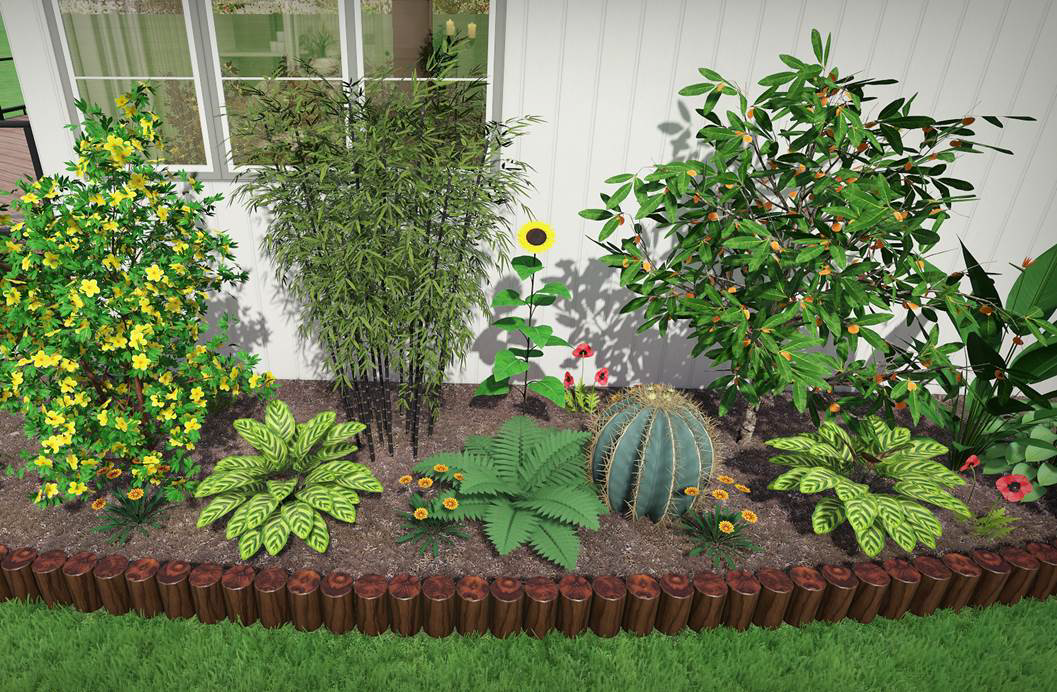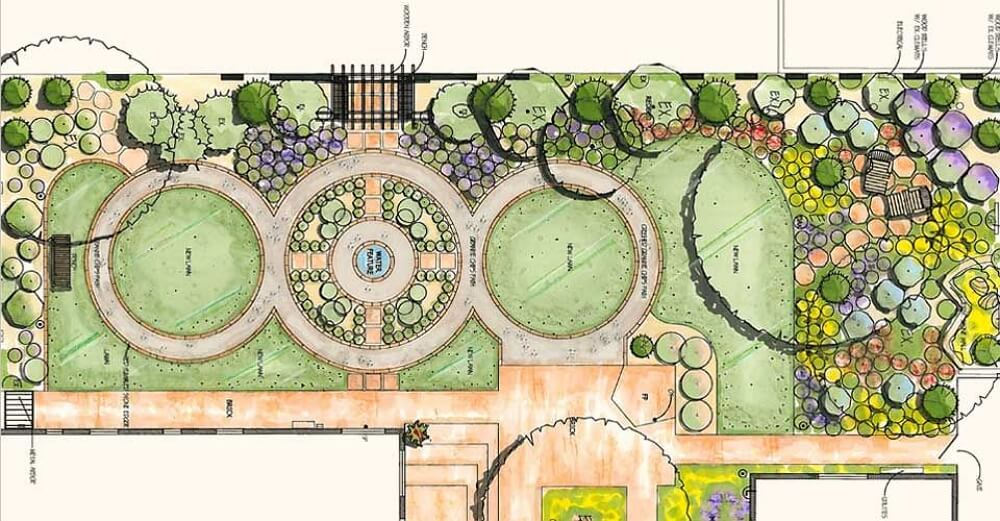The Main Principles Of Landscapers
The Main Principles Of Landscapers
Blog Article
Some Of Landscapers
Table of ContentsThe Best Strategy To Use For LandscapersThe Definitive Guide for LandscapersLandscapers Things To Know Before You BuyNot known Factual Statements About Landscapers The Buzz on LandscapersThe smart Trick of Landscapers That Nobody is Discussing
- A yard attribute where water is stood for by an aggregate stone item, usually a gravel or granite.- A rock or flagstone patio, path, or walkway constructed without a concrete base.- A stone retaining or cost-free standing wall surface built without the usage of mortar. - An underground framework that collect water and permits it to slow down percolate right into the soil around it.
Landscape style that is suitable with a websites' setting in both look and sustainability without adverse effects to the setting. Interrupting the landscape is a line of separation that creates aesthetic passion in the garden by dividing one segment from one more sector. This can be aesthetic or practical, maintaining one aspect (such as pea crushed rock) from obtaining blended right into one more (like bark dirt).
Locations can also have a feeling of "enclosure" offered by trees, other growings, fencings, or displays. The landscape near the access to a building.
The Greatest Guide To Landscapers

The aspect in a landscape design or area in a landscape that is suggested to be most noticeable. The focal factor can be a plant, rock, sculpture, gathering space, or various other landscape attribute.

The Buzz on Landscapers
Reduced plants that are permitted or urged to spread over a location. Can refer to any type of "hard" garden components consisting of statuary or stones however a lot of generally is made use of to refer to courses, outdoor patios, and walls - Landscapers.: Elevation difference between the level of water in a pond (or the level of the pump if it sits outside the fish pond) and the upper electrical outlet of water which affects performance of the water pump in gph (gallons per hour).
A chemical made use of to regulate weeds. Fence boards that run flat, commonly made use of in contemporary or Japanese-inspired landscape styles. Lines that define rooms within a landscape principle. These often prolong from edges or key functions of an existing framework. Appropriate use fictional lines can aid the landscape really his response feel attached to the home and other aspects.
A more loosened up yard controlled by rounded instead of straight bed lines and a less stiff structure. Traditional PNW landscapes are casual. A plant that spreads greater than desired, or into environments where it does damage. Portland has a list of invasive plants that need to not be installed in landscapes because they can spread out to woodlands or rivers and be difficult to manage.
The Best Guide To Landscapers
Can include head placements and protection, pipe sizing, GPM specifications, and products needed to mount this system. Accredited specialist who develops landscapes, schooled in engineering and style as well as in cultivation.
Landscape developers usually have less schooling than Landscape Architects and are not certified. A finished landscape style, describing all aspects for the brand-new landscape.
Calcium product used to increase the pH in dirt, which will make it less friendly to moss (Landscapers). A water tight HDPE product used beneath fish ponds, streams and waterfalls in water attributes. Using lots of plantings of the same range to load in a location in the landscape. This can lower maintenance and water usage in the garden.
A layer of garden compost or bark dirt used at the base of a plant. A plant that was existing in a geographical area before people started altering the landscape.
The 9-Minute Rule for Landscapers
How the yard or a garden component is arranged in relationship to an existing or brand-new attribute or to a direction. Keeping a grass without using chemical herbicides, pesticides, or fertilizers. Turfs that are not cut yet grown in landscapes as perennials. This is a partly open sided leisure or entertainment area that adjoins a residence, utilized for amusing, exterior dining and simply delighting in the outside environment.

Small round gravel. Plants that offer seasonal rate of interest and after that die dig this back in the winter. Annuals do not come back the following season, however perennials do. Cold period turf that is the most usual lawn grass in Portland, OR and the rest of the PNW.An open roofed structure over an outdoor patio or various other landscape attribute.
Lava accumulated varying in dimension from 1/4" to dust. The most typical landscape crushed rock in the PNW. Location of the landscape developed to manage water till it can soak into the ground. A chain that manages water as it takes a trip from a roofing gutter to the ground. Yard structure that develops a growing area that is contained and more than the surrounding grade.
Creating a garden attribute consisting mostly of stones with growings that complement and can grow in the rough atmosphere. Lawn sprinkler head style that turns a stream of water throughout an area.
Facts About Landscapers Uncovered

Report this page